
OR
Opinion
Circular Economy of Plastics
Published On: September 11, 2023 09:15 AM NPT By: Yunish Ghimire & Pratik Bajracharya
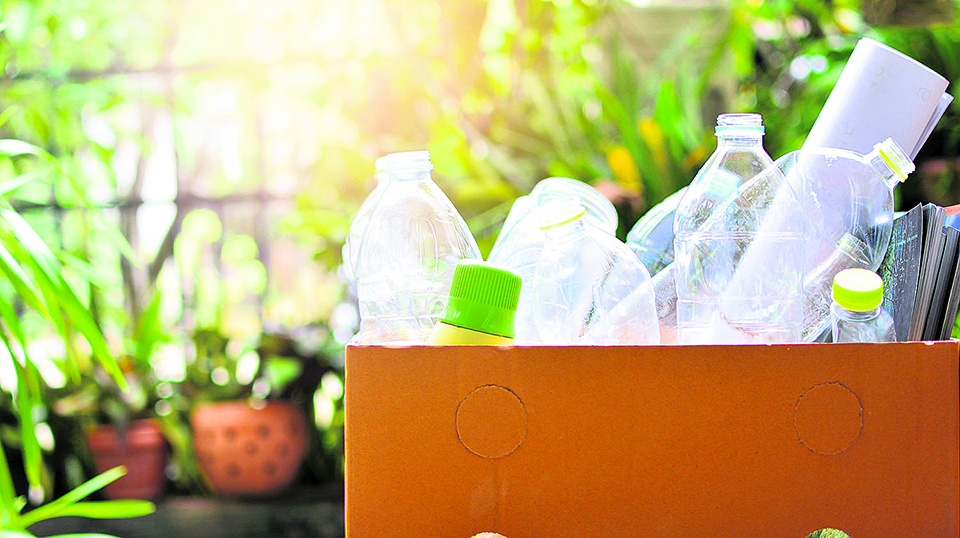
Yunish Ghimire & Pratik Bajracharya
Yunish Ghimire is a Program Development Officer at CREASION and Pratik Bajracharya is a Research and Knowledge Management Officer at CREASION. The views and opinions expressed in this article are those of the authors and do not necessarily reflect the view of their organization.news@myrepublica.com
More from Author
The focus of this year’s World Environment Day was solutions to plastic pollution which was observed under the theme #BeatPlasticPollution. Similarly, in 2022, at the UN Environment Assembly, a resolution was endorsed to end plastic pollution. The Intergovernmental Negotiating Committee (INC) is expected to complete a draft of a global legally binding agreement by 2024 to address the lifecycle of plastic; from its production – to design – to disposal phase. In recent years, the global dialogue has shifted towards plastic pollution, reflecting increasing awareness of its environmental impact and the urgent need for sustainable solutions.
The growing dialogue on plastic pollution comes at the right time when it has emerged as a major problem in Nepal as well. The discovery of macro plastics in one-horned rhino dung at Chitwan National Park, along with the discovery of micro plastics in snow samples in Mount Everest at an altitude of 8440 meters are just the glimpses of what is to come next if the plastic consumption trend follows current trajectory.
According to the statistics of the Department of Customs, Nepal imported around 380,000 tons of plastic and plastic articles in FY 2021/22 and the domestic production for the same year is estimated at around 165,000 tons. With the lack of plastic management mechanisms in Nepal, most of the plastics leak into the environment. Plastics that remain in the environment disintegrate into finer particles – commonly referred to as microplastics. Plastic particles up to 5 mm in diameter are considered as microplastics. Several studies have shown that humans globally ingest around 0.1-5g of microplastics weekly from various pathways including food, water, and air. There are reported cases of microplastics in placenta of unborn babies, blood, breastmilk, lungs, stools and could reach every organ including the brain. These microplastics sources include bottled water, fabrics, adhesives, plasters, finger paints, polymers, cosmetics, and personal care products. However, there are major knowledge gaps in relation to the adverse health impacts of microplastics on human health. With the increasing human exposure to microplastics, it has become urgent to understand its underlying impact on human health.
In Nepal, plastic leakage to the environment is estimated at around 20.7 kilo tons per year, which is around 9% of the total annual plastic consumption. This can directly be attributed to lack of policies targeting plastic waste management in Nepal. The issues are further exacerbated by the lack of data on plastic waste to drive policy processes. For efficient plastic waste management, it is important to focus on two major aspects: waste collection and waste processing.
According to the SWM act of 2011, local governments are responsible for solid waste management. However, due to lack of resources at local levels, most municipalities have adopted a Public Private Partnership (PPP) model for solid waste management. Through PPP, the responsibility of door-to-door collection and segregation is transferred to a private waste management company via contract, while municipalities are responsible for street sweeping, and managing transfer stations and landfill sites. One of the major issues of plastic waste collection in Nepal has been lack of source segregation. Source segregation is important in supplying clean raw materials for recyclers which further adds to the quality of recycled products. Lack of source segregation means that plastic waste is usually mixed with wet or organic waste which significantly decreases the recyclability of plastic wastes resulting in lower grade output.
Another major hindrance for plastic waste collection is lack of transfer stations for waste segregation. This is the harsh reality for municipalities as well as the private sector that are engaged in waste management. Even in Kathmandu valley, spaces under the bridge are used as “transfer stations”. With lack of designated areas for waste segregation, the chances of plastic leakages are high which further reduces the lifespan of landfill sites.
Most of the municipalities practice a take-make-waste model of waste management which includes collection and disposal to nearby forest, open space or riverbank. The informal recyclers (waste pickers, scavengers) retrieve high value recyclables and the low value plastics are left untouched. This type of disposal leads to slow disintegration of plastics into the environment.
In Nepal, plastic recycling is dominated by the informal sector. Most of the existing plastic recycling industries are operating on a small scale and by using outdated technologies. The most common type of recycling in Nepal is converting plastic waste into pellets which can be used to make different plastic articles. However, the pellets that are generally produced are of low quality mainly because of lack of recycling standards mandated by the government and the use of outdated technologies for recycling. So, most of the plastic manufacturers only use recycled pellets for cost cutting purposes (as the cost of virgin pellets are relatively higher than the recycled pellets). Most of the plastic manufacturers are hesitant on using recycled pellets due to lack of quality assurance.
There are certain types of plastics that are hard to recycle which includes single use plastics bags and multi-layered plastics. In Nepal, around 6.06 billion single-use plastic bags are discarded annually. Similarly, multi-layered plastics (MLPs) have at least one layer of plastic combined with other materials such as aluminum foils. The use of MLPs has increased significantly as packaging material for fast moving consumer goods (FMCGs). The recycling of MLPs is a resource intensive process as it is required to separate different types of materials in them. So, they are mostly used as Alternative Fuel (AF) in clinker factories. However, plastic burning releases hazardous substances like dioxin and furan which have several health implications. Furthermore, limited recycling options for single use plastics means that their collection is also limited, resulting in high environmental leakage.
What is Extended Producers Responsibility (EPR) and how can it drive sustainable plastic waste management?
According to Organisation for Economic Co-operation and Development (OECD), EPR is ‘an environmental policy approach in which a producer’s responsibility for a product is extended to the post-consumer stage of a product’s life cycle.’ So, EPR ensures that the responsibility of plastic waste management is extended to the plastic producers, manufacturers and importers. Several countries in South Asia including India and Bangladesh have institutionalized EPR policies. In India, producers can tie up with waste management/recycling agencies that can undertake the responsibility of EPR on their behalf. Another way for producers to meet their EPR targets is by buying EPR certificates which are issued by recyclers.
EPR can attract investments in the plastic waste management and recycling sector. This will also help formalize the current informal recycling market of recycling. Another important area where EPR will play a key role is in packaging design. It is estimated that the recycling costs of plastics can be reduced up to 50% through improvements in designs. Currently, most plastics are designed for aesthetics and plastic manufacturers do not have the incentives for sustainable designing. EPR is a proven and efficient way to incentivize sustainable product designing to complement the recycling process. A study has highlighted that for EPR policy to be effective for developing countries like Nepal, it should focus on: differentiating the responsibility of producers depending on recyclability, focusing on rural areas for waste management, involving and integrating informal sector, establishing recycling parks (for joint recycling facilities), expanding waste collection services, and developing a strong mechanism for monitoring.
As plastic consumption continues to grow, the health and environmental impacts associated with it will also intensify. Thus, effective implementation of EPR policies will aid in addressing the issue of plastic pollution by – expanding collection services and improving recycling industries. Furthermore, it will also help shift from the current ‘take-make-dispose’ model of linear economy to resource efficient circular economy.
You May Like This
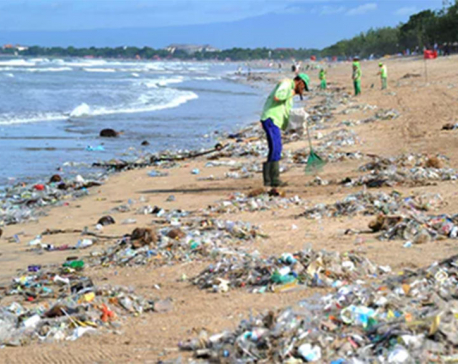
'Plastic, plastic, plastic': British diver films sea of rubbish off Bali
Video posted on YouTube shows water densely strewn with food wrappers, cups and sachets as tropical fish dart in and... Read More...
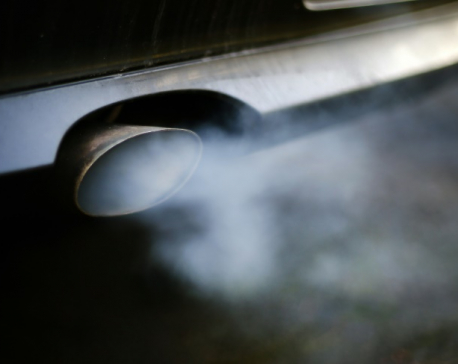
Germany to present plan for polluting diesel cars
GERMANY, Oct 2: The German government will Tuesday present its compromise on the way forward for millions of people with... Read More...

New Zealand the most perilous place for seabirds due to plastic pollution
‘Seabird capital of the world’ is home to dozens of endemic species, which are particularly vulnerable to plastics ... Read More...
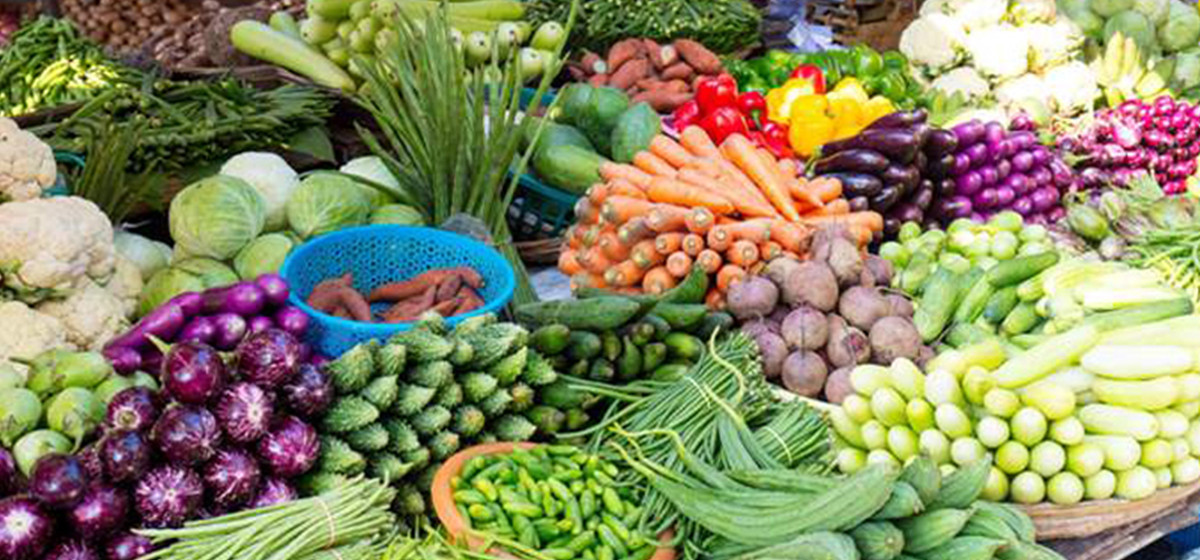

Just In
- Govt tightens security arrangement for Third Investment Summit 2024
- Pesticide residue found in vegetables in Nepalgunj
- Aam Janata Party and Samajwadi Jana Ekata Party merge
- 1,600 participants confirmed for Nepal Investment Summit
- Ilam-2 by-elections held peacefully, vote count likely to start tonight
- NEA schedules five-day power cut across Kathmandu Valley for underground cable installation
- Hundreds of passengers including foreign tourists in distress as poor visibility halts flights to and from PRIA
- Nepal clinches thrilling victory over West Indies 'A' in T20 cricket match











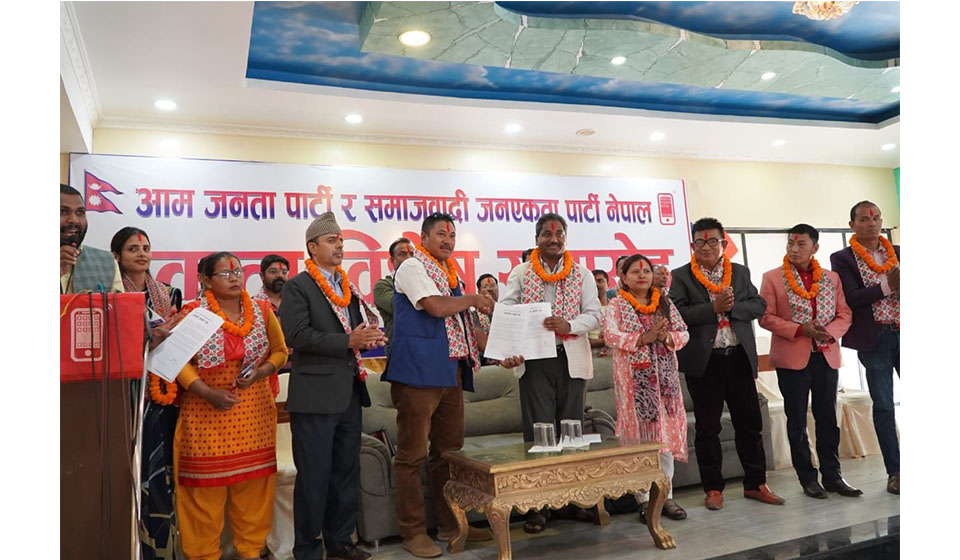

-1200x560-wm_20240427144118.jpg)
Leave A Comment